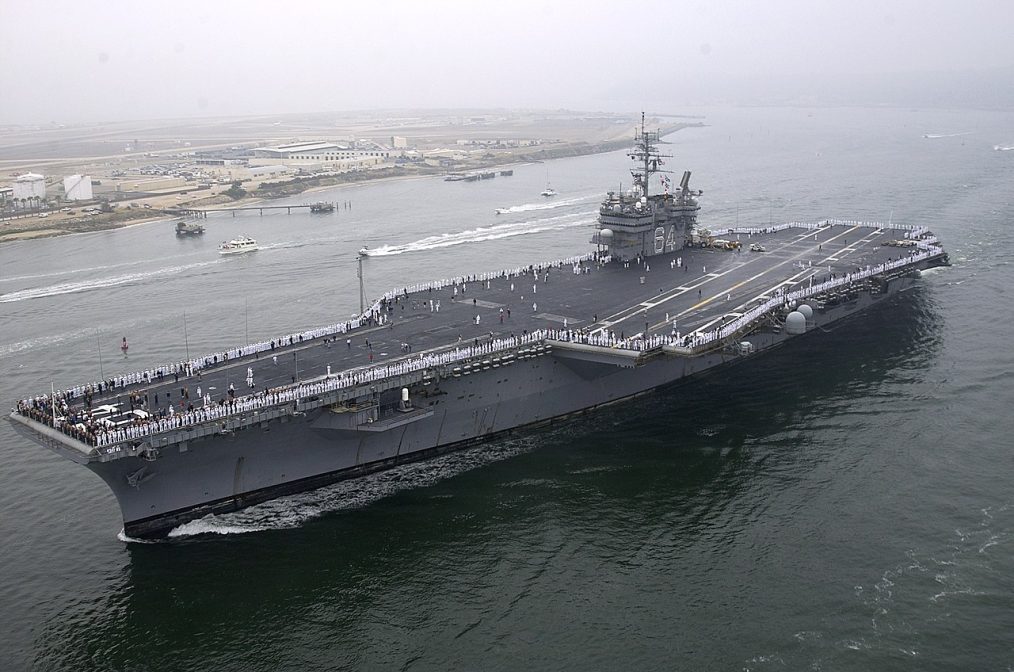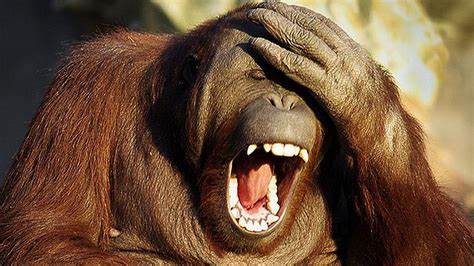The USS Constellation (CV-64) stands as an emblem of American naval prowess, boasting a storied legacy that stretches across more than four decades of service. Commissioned on October 27, 1961, this majestic aircraft carrier quickly solidified its reputation as a cornerstone of U.S. maritime power. Throughout its illustrious career, the USS Constellation played an integral role in safeguarding national interests, projecting military might, and fostering global stability through a myriad of engagements and deployments.
From the turbulent waters of the Vietnam War to the tense standoffs of the Cold War era, the USS Constellation exemplified resilience and resolve in the face of adversity. Its deck became a launching pad for countless sorties, delivering decisive air support and striking deep into enemy territory when called upon. The carrier’s strategic presence and unmatched capabilities underscored its significance as a linchpin of American military strategy, earning it respect and admiration among allies and adversaries alike.
Beyond its combat missions, the USS Constellation served as a beacon of diplomacy and cooperation through its participation in multinational exercises and joint operations. Its presence in various regions around the globe underscored America’s commitment to upholding peace and security, while also strengthening alliances and partnerships with nations sharing common interests.
The USS Constellation’s impact extended far beyond the confines of its steel hull. It served as a training ground for generations of sailors and aviators, instilling in them the values of honour, courage, and commitment. Its crew, comprising dedicated men and women from all walks of life, formed a tight-knit community bound by a shared sense of duty and camaraderie.
As the USS Constellation was decommissioned on August 7, 2003, its departure marked the end of an era but not the conclusion of its legacy. Even in retirement, the carrier continues to inspire future generations of naval personnel, reminding them of the enduring importance of maritime supremacy and the indispensable role played by the United States Navy in safeguarding freedom and security around the world.
In the annals of naval history, the USS Constellation (CV-64) remains a testament to the unwavering dedication and sacrifice of those who served aboard her. Its name will forever be synonymous with excellence, resilience, and the proud tradition of American naval power.













